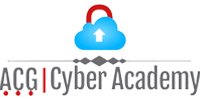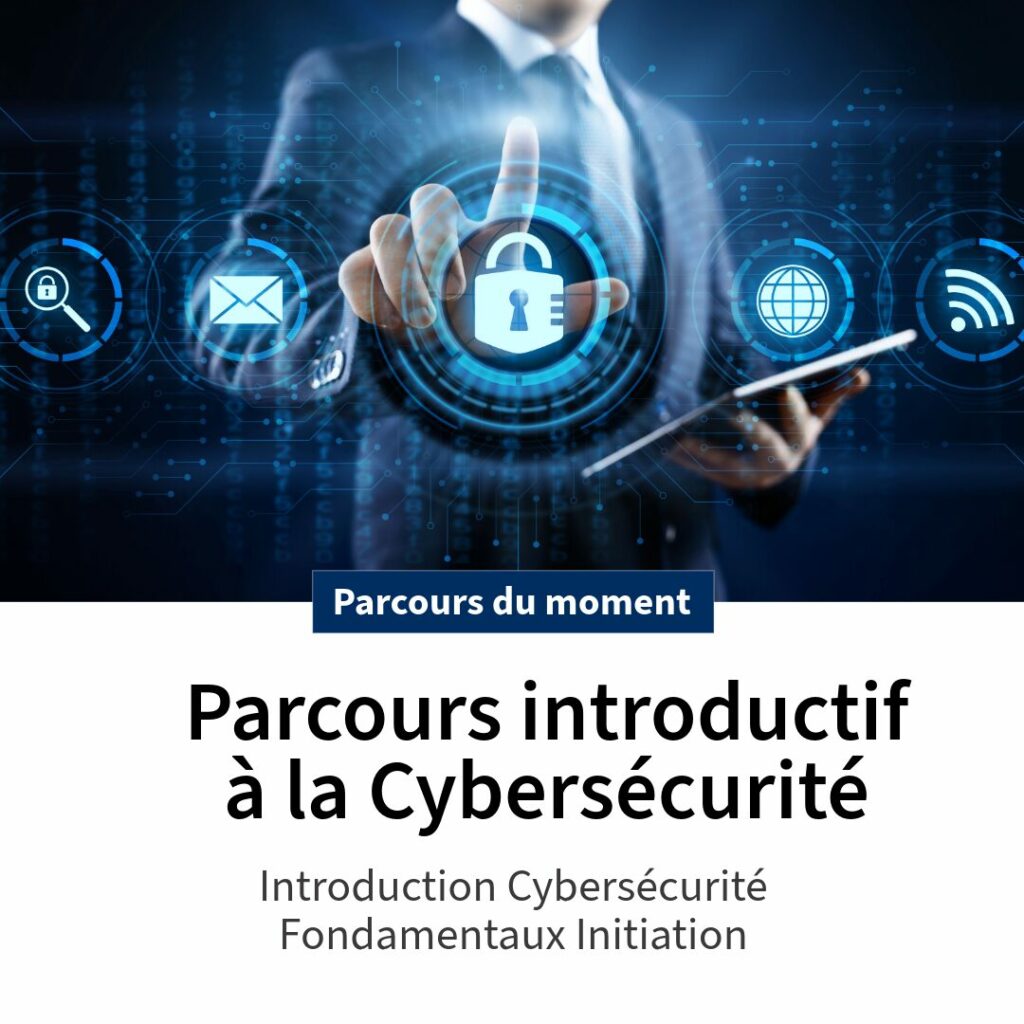Explore our professional training courses
ACG CyberAcademy offers you a wide range of courses, leading to qualifications or diplomas, to support your ambitions, whether technical, strategic or digital.
A a complete portfolio to meet all your needs
ACG CyberAcademy combines digital expertise and educational innovation to offer courses tailored to every profile-from technical awareness to IT governance, including SOC, cloud and network infrastructures. Discover the pathways to your future career.
Support that makes all the difference
You get much more than just training. Our courses are designed to give you skills that are immediately operational, recognised by companies and adapted to today's digital challenges.







Why choose ACG CyberAcademy?
It means opting for high-quality training courses leading to certification, led by recognised experts and accessible thanks to flexible formats and tailored financing.






